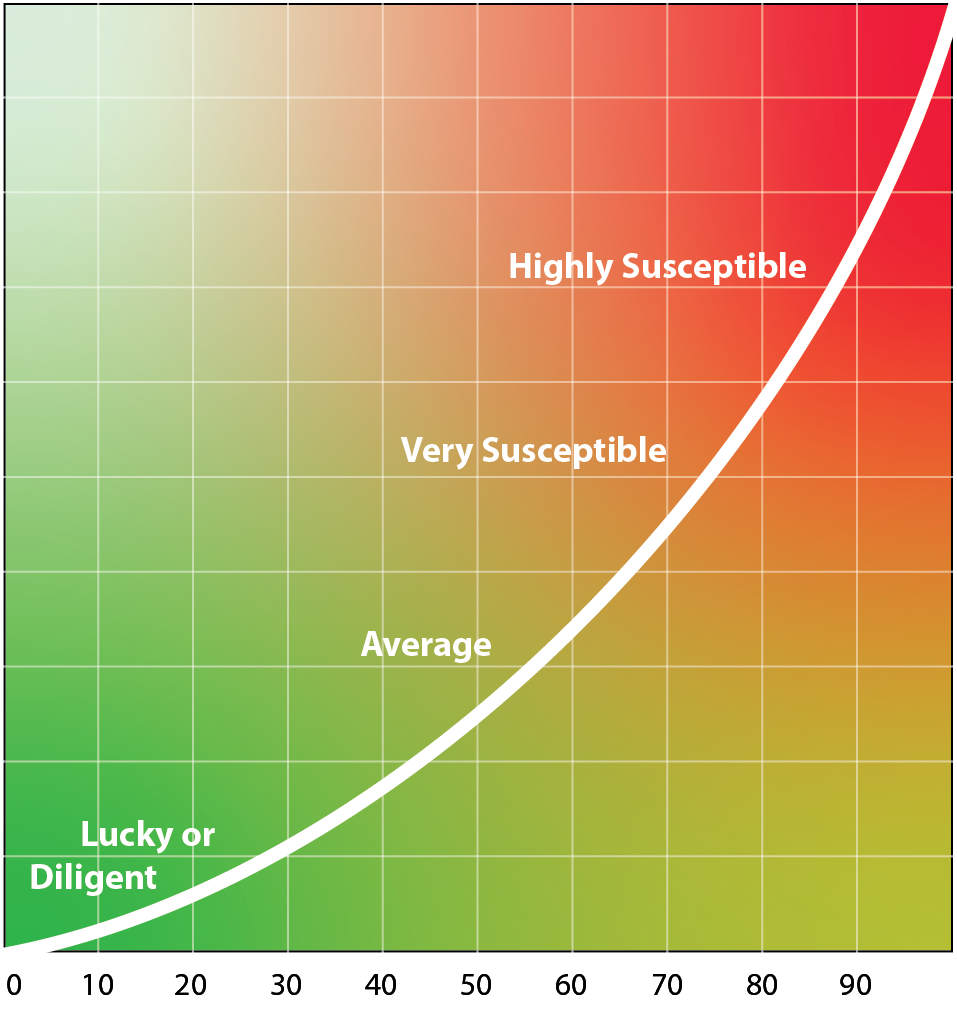How to prepare for successful weight loss

Belly fat, watch out.
Globally, consumers spend more than $650.9 billion on weight loss, and that number grows every year, along with our expanding waistlines. It’s not surprising considering that 51% of Americans want to lose weight. But what’s more shocking than these numbers is that most dieters can’t achieve or maintain their weight loss goals. Perhaps the greatest factor limiting diet success is lack of good planning and preparation. If you dive impulsively into a diet without carefully thinking through all the impacts on your life and the positive changes you’ll want to make, the likelihood is high that your willpower will give out before you get very far. Achieving high initial weight loss success correlates strongly with long-term success, and good planning can remove many of the obstacles that tend to derail eager dieters before they build up that initial positive momentum.
We recommend a systematic approach to dieting that begins with laying a foundation of healthy habits that set you up for success. You can gently and easily make lifestyle changes that pave the way for a more effortless start to your diet plan. Increase your odds of success by starting a virtuous circle of positive change.
Increase your odds of success by starting a virtuous circle of positive change. Share on XWhether your weight loss concern is belly fat, aching knees, high blood pressure, pre-diabetes, or feeling better in your clothes, you can start to see progress before you ever begin counting calories or measuring your portions. Just make simple changes and swaps to ease your transition from super-sized to super-slim.
12 Simple Changes for Big Results
- Read labels to reduce sugar. If you only look at one number on food labels, check the grams of sugar in everything. Try to find foods that have 6g of sugar or less per serving. With careful shopping, you can find everything from yogurt to chocolate that is low in sugar.
- Increase fiber. Avoid white carbs and replace all your white wheat products with higher-fiber whole-grain versions. Choose whole-grain breads, whole-grain pastas, and high-fiber cereals. Avoid instant oatmeal — replace it with the slow-digeseting steel-cut variety instead.
- Reduce or eliminate alcohol. Drinking your calories is never a good idea, and calories in the form of alcohol are particularly bad for weight loss. Alcohol is a special kind of sugar that doesn’t just provide empty calories — it can dehydrate you and make you hungry, as well as mess with your blood glucose levels and fat metabolism.
- Clean out your kitchen. Seek out and trash all the junk foods in your pantry. Better those chips are in the trash than on your hips! And while you’re at it, put all the remaining healthy food away behind cabinet doors. Leaving food out on the counter is a constant reminder to eat — keeping food out of sight helps to keep it out of mind.
- Eliminate liquid calories. Replace juice and soda with water. If you drink fruit juice, have an actual piece of fruit instead. Drinking juice provides you with all the sugar and none of the healthy fiber, skin or pith of the fruit.
- Brown-bag it. Get in the habit of packing your lunch. Not only will you save money, but you’ll save hundreds of calories, as well as time.
- Smart swaps. Start replacing favorite high-calorie foods with lower-calorie versions. e.g.: replace regular ice cream with no-sugar-added varieties, choose dark chocolate over milk chocolate, buy reduced-fat cheese, skim milk and zero-calorie & unsweetened greek yogurt. Swap broth-based soups for thick or creamy soups, and lite salad dressings for the creamy kind.
- Shop smart. Only shop from your grocery list. Don’t even walk down the snack and soda aisle, and ignore the displays on the aisle ends. Fill your cart at least 50% with produce before you work your way deeper into the store.
- Snack skinny. If you do snack, never eat directly from the package — put a sensible amount in a bowl or on a plate, otherwise you won’t know when to stop.
- Go green. Eat more veggies. Replace white carbs with green vegetables at each meal.
- Eat slowly and mindfully. If you eat quickly and take big bites, you’ll never learn how to read the signals coming from your body that indicate you’re full. Remember that if you feel stuffed after a meal, you ate too much. Have less and eat more slowly next time.
- Don’t stress. Finally, try some steps to reduce your feelings of stress. Take a little “me time” out each day to journal, meditate, do yoga, or simply visualize and plan the day ahead.
Doing all of this will not only start to reset your tastes, it will also help to get your hunger under control and prepare you for reducing your daily calorie intake when you are ready to start your diet. And by doing this, you may feel ready to start sooner than you imagine!
If you’ve got only a few pounds to lose, these simple adjustments to your food habits could help you erase them. But if you’ve got more bodyfat to lose, consider a structured program such as iDiet. See all our programs here.
Register Today
Choose the program that’s right for you.

 Yes! I want to receive a 38-page cookbook, and be informed of upcoming classes. No obligation, instant download.
Yes! I want to receive a 38-page cookbook, and be informed of upcoming classes. No obligation, instant download. 